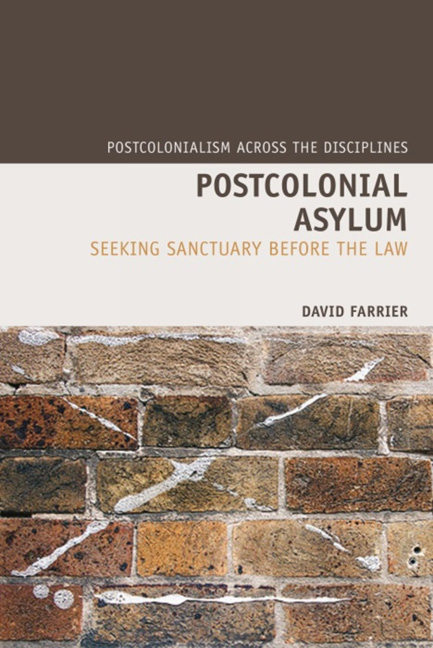Introduction: Before the Law
Summary
In early 2002 the minister of state for immigration, Lord Rooker, reportedly answered a blunt ‘no’ to the question of whether there existed any legal avenues by which legitimate refugees might enter the UK.
Matthew GibneyA scandal for postcolonial studies
To begin with, two scenes (see Figures 1 and 2).
A silhouetted figure flees an on-rushing jeep. He darts off-road towards a steep, dusty slope, and a tall metal fence marking the border between the US and Mexico. The man – an irregular Mexican migrant – is on the US side, and is attempting to evade a US border patrol vehicle by returning to the border he has just crossed. Writing of this image, a photograph by Sebastião Salgado, Salman Rushdie makes a claim for the migrant as a seminal figure: ‘for Salgado, as for myself, the migrant, the man without frontiers, is the archetypal figure of our age’. More afraid, as Rushdie says, ‘of the men bearing down on him […] than of the impoverished life he thought he had left behind’, the running man is attempting to ‘unmake his bid for freedom’. The image provokes questions for Rushdie about the freedoms such border protection measures are designed to preserve, and acknowledges the ‘hierarchy of mobilities’ that characterizes the globalized world. The man's decision to flee tothe border is the false agency of the global poor – the impression of choice where none really exists. Between the competing demands of globalized flows and post-9/11 border-consciousness, Rushdie's running man is an exemplar of the persistence and even pre-eminence of the boundary. Yet he is also called ‘the man withoutfrontiers’. He signifies something that is, for Rushdie, fundamental to the human condition; he has crossed a line, and in doing so, is affiliated with an innate opposition to fixity, including the striations of the nation state. The (wo)man without frontiers (to recover Rushdie's formulation from androcentrism), as a contemporary archetype, is thus indicative of a rhizomatic, deterritorialized ‘being out of place’, in accordance with the dominant postcolonial emphasis on the creative potential of migrancy to unsettle fixed notions of boundaries and belonging: as Rushdie says, ‘In our deepest natures, we are frontier-crossing beings. […] We become the frontiers we cross’.
- Type
- Chapter
- Information
- Postcolonial AsylumSeeking Sanctuary Before the Law, pp. 1 - 23Publisher: Liverpool University PressPrint publication year: 2011



